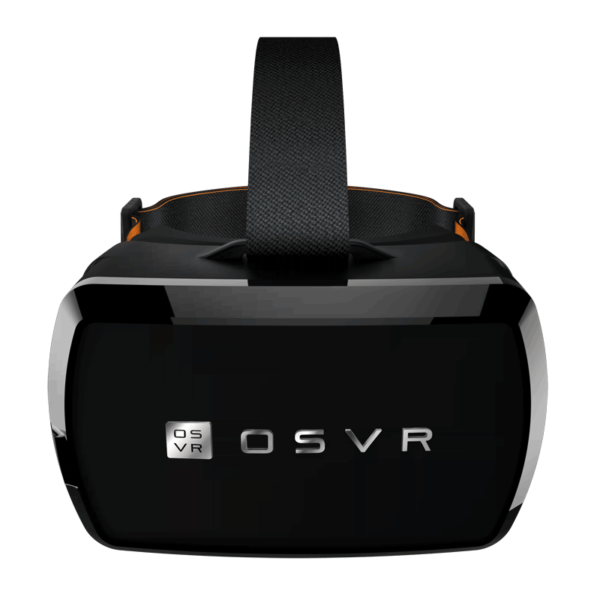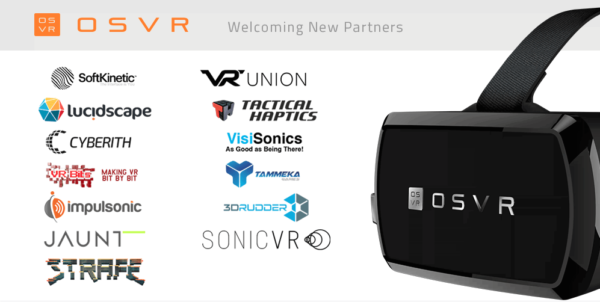Razer Announced Added Developer Support for OSVR

Razer, a gaming technology company in California, has recently announced that they intend to invest in even more developers for their Open-Source Virtual Reality (OSVR) headset. Due to the nature of this project, which is to outsource its development to gaming developers, Razer has announced that as of now, the OSVR project is backed up by 38 development teams working together to bring OSVR to a wide range of target demographics.

At the announcement of the OSVR at the 2015 Consumer Electronics Show (CES) last January, there were already 13 developers who adopted OSVR into their VR development efforts. A notable dev team that is working on the OSVR initiative is Jaunt, a company that specializes in VR content. Jaunt has been working with Samsung Electronics Australia and Qantas to make the Samsung Gear VR as the first VR inflight entertainment option aboard the airline’s first class cabins in select flights. Jaunt is an exclusive provider of VR content to the Gear VR onboard select Qantas flights.
Another tech company that has adopted OSVR is Sixense, which introduced its proprietary Sixense Tracking Embedded Module (STEM) during the CES 2015. This VR project has gained much attention and has been the talk of many tech journalists with its innovation in wireless motion tracking and 3D modeling, all making use of virtual reality within the technology’s ecosystem. One demo of the STEM is the virtual-reality shoe-shopping demo made publicly at CES 2015, that garnered lots of praises from the press.
Not only the Razer’s focus of OSVR is in gaming, it has also announced an academe program utilizing its OSVR project. Razer is hoping high on the adoption of OSVR in universities and colleges with its academe program. Universities can take a chance to develop with OSVR by signing up to OSVR’s website, and by successfully signing up, they will get a Hacker Developer Kit and an option to get up to 10 of these kits for large-scale applications. In addition to the dev kit, signed-up universities will also get the source code for the OSVR. Though the application process is quite easy, universities must have a fully functional VR lab to be able to work using OSVR.
Razer has been significantly gaining traction in the VR wars with their high adoption rate of the OSVR. One advantage of the OSVR against other big-ticket VR developments is its relatively lower cost to develop. The Oculus Rift Development Kit costs $300, but the OSVR is $100 cheaper. With this, Razer has gained a competitive edge over Oculus. We still have to see what these 38 developers will have in store for VR, and this count is growing by the day.
For more information on the Razer OSVR project, please visit the following websites:
http://www.razerzone.com/osvr-hacker-dev-kit
http://www.cnet.com/news/open-source-virtual-reality-osvr-gains-13-more-partners-giving-away-vr-kits-to-universities-too/
http://www.theverge.com/2015/1/6/7491867/razer-osvr-virtual-reality-open-source-platform-ces-2015

